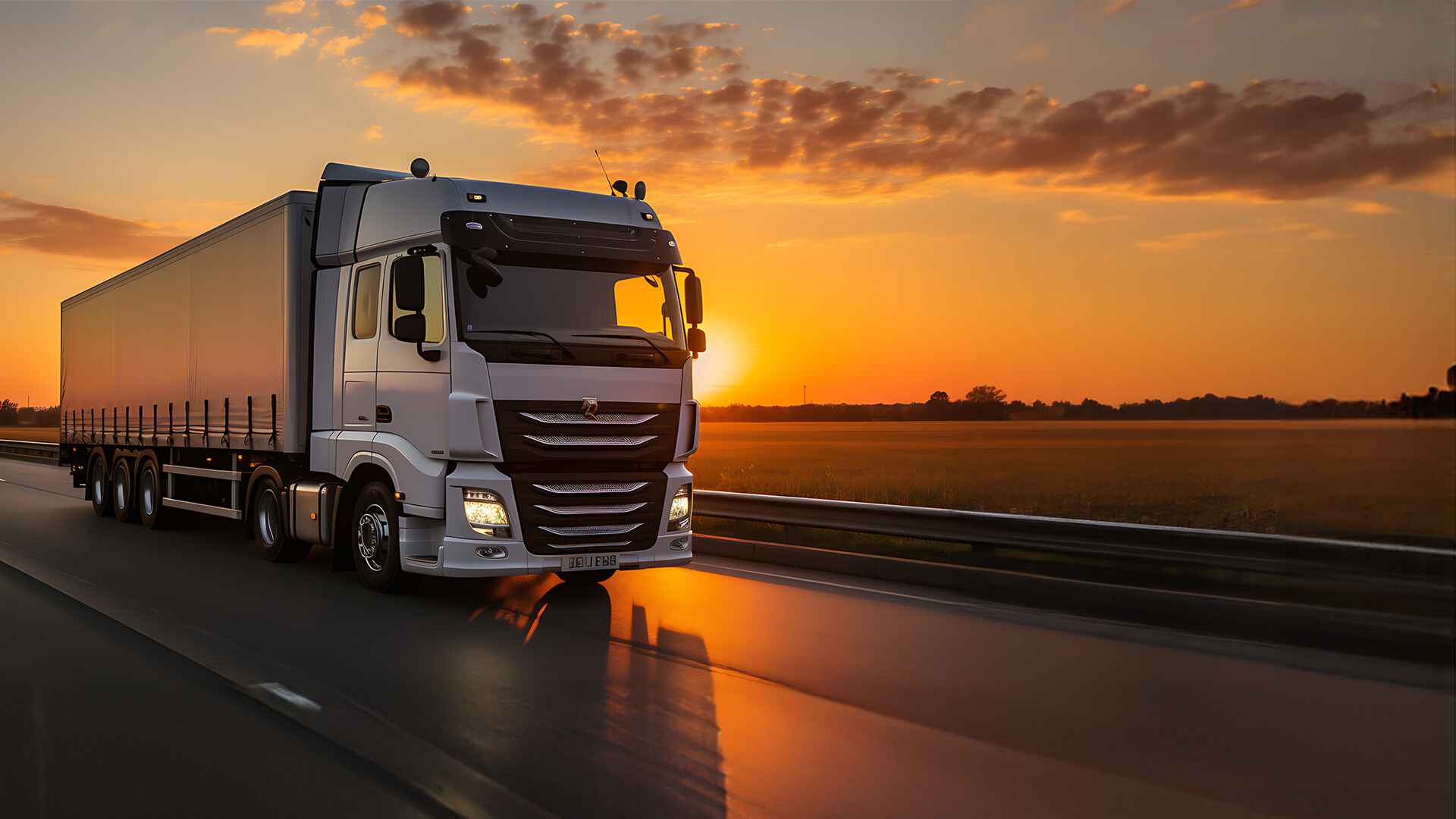As India strides towards a greener future, the transportation sector—a significant contributor to carbon emissions—is undergoing a vital transformation. Sustainable freight solutions, such as adopting alternative fuels like Compressed Natural Gas (CNG) and Liquefied Natural Gas (LNG), are leading the way. These cleaner energy sources not only help reduce emissions but also offer substantial cost savings. Companies like Goel Roadways are setting benchmarks in this green transition by integrating CNG and LNG into their logistics operations.
Why CNG and LNG Matter
Environmental Benefits
CNG and LNG are recognised as environmentally friendly alternatives to conventional diesel fuel. Compared to diesel, CNG produces up to 25% fewer greenhouse gas emissions, while LNG can reduce emissions by up to 20%. These fuels also emit significantly lower levels of harmful pollutants, such as nitrogen oxides (NOx) and particulate matter (PM), contributing to cleaner air quality
Cost Efficiency
Beyond environmental advantages, CNG and LNG offer notable cost savings. CNG is often 30-50% cheaper than diesel, and although the initial investment in LNG infrastructure is higher, its long-term benefits include lower fuel costs and improved mileage. These savings are particularly impactful in industries like freight, where fuel constitutes a major operational expense.
Energy Security
Adopting these alternative fuels also enhances energy security by reducing dependency on imported crude oil. India’s vast reserves of natural gas provide a reliable domestic energy source, aligning with the nation’s goals of self-reliance and sustainability.
Goel Roadways: Pioneering Green Freight Initiatives
Goel Roadways has taken significant steps to integrate sustainable practices into their logistics operations, demonstrating how businesses can contribute to India’s green transition.
Fleet Transition
Goel Roadways has initiated a phased transition of their fleet to CNG and LNG-powered vehicles. This shift has already resulted in a measurable reduction in carbon emissions and operational costs. Their commitment to cleaner energy aligns with global trends and national goals for reducing transportation-related emissions.
Infrastructure Development
Recognising the importance of infrastructure, Goel Roadways has invested in setting up refuelling stations along key routes to support their CNG and LNG vehicles. These efforts ensure uninterrupted operations while promoting the adoption of alternative fuels within the broader logistics ecosystem.
Collaborative Efforts
The company collaborates with manufacturers and policymakers to enhance the availability and feasibility of alternative fuel vehicles. By working together, stakeholders can address challenges such as high upfront costs and limited refuelling infrastructure, accelerating the adoption of sustainable freight solutions.
Challenges and the Road Ahead
While the benefits of CNG and LNG are clear, certain challenges must be addressed to scale their adoption.
- Infrastructure Gaps
The limited availability of refuelling stations for CNG and LNG poses a significant barrier. Strategic investments in infrastructure are crucial for widespread adoption. - .High Initial Costs
The higher upfront costs of CNG and LNG vehicles and infrastructure can deter businesses from making the switch. Financial incentives and subsidies can help offset these costs and encourage adoption. - Technological Advancements
Continued innovation is essential to improve the efficiency and performance of CNG and LNG engines, ensuring they meet the demands of the freight industry.
Conclusion
The transition to sustainable freight solutions is not just an environmental imperative but also a strategic move towards cost efficiency and energy security. By adopting alternative fuels like CNG and LNG, companies can significantly reduce their carbon footprint while enhancing their bottom line. Goel Roadways’ proactive initiatives serve as a testament to the potential of green logistics in driving India’s green transition.
As more players in the freight industry embrace these alternatives, India can look forward to a cleaner, more sustainable transportation sector that aligns with its ambitious climate goals. The path to a greener future lies in innovation, collaboration, and a collective commitment to sustainability.





